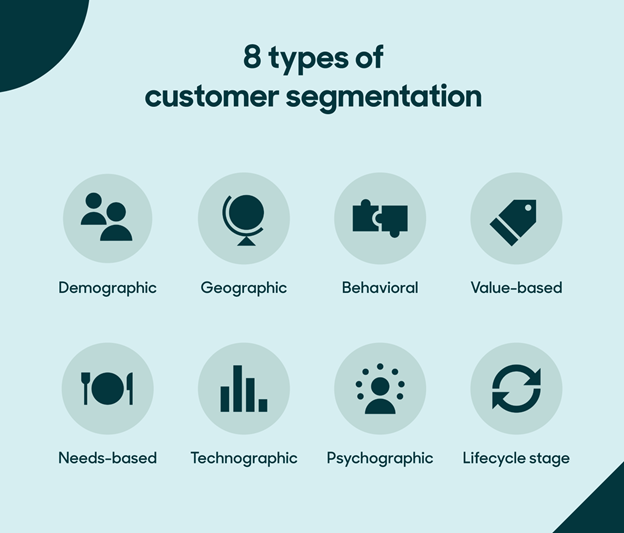The key to successful tech integration often lies in balancing tradition with innovation. When it comes to rural agriculture, the technological divide may seem too great to overcome at first glance. However, agricultural tech is evolving rapidly to facilitate widespread adoption and streamline agricultural growth.
The State of Agricultural Tech
According to Terem, Australia’s AgTech initiatives, in particular, are tasked with growing the agricultural sector to $100 billion by 2030. AgTech investments are a large part of rural farming growth in Australia, with 77% of these investments lumped into the Internet of Things (IoT), sensors, and farm management software. With such rapid adoption of AgTech in rural Australian farming, it’s imperative that farmers are poised to integrate this tech seamlessly and successfully.
Challenges of Integrating Advanced Tech With Traditional Farming
Farming practices in Australia are steeped in tradition. Indigenous people learned how to cultivate the land and grow crops to sustain the early colonies. The popularity of agriculture led to great wealth for early Australian farmers, allowing them to reap the benefits of rural land and transform natural landscapes into more cultivated ones. With this, however, came isolation.
Lack of Connectivity
Remote business connectivity issues are rampant. It’s more difficult for people and businesses in rural areas to access the internet. While there are initiatives to bring internet connectivity to more remote areas, the cost may be higher due to a need for added infrastructure. However, integration of reliable networks into rural areas is expected to ramp up steadily as we move toward 2030, providing rural businesses with the foundation they need to adopt AgTech and uphold expected growth outcomes.
Large upfront investments may also be needed for AgTech deployment. To stay connected, rural farms will need to upgrade their infrastructure to include advanced tech like sensors, drones, and automated irrigation systems. These devices rely on electricity and manual setup and maintenance, so power supply stability and adequate tech knowledge are also required. AgTech generates vast amounts of data related to soil health, weather conditions, and crop yield to name a few. Rural farms will need up-to-date internet programs and techniques to ensure data privacy, efficacy, and reliability.
Adoption Resistance
Beyond connectivity issues, traditional farming is deeply ingrained in the culture of rural communities. It may be difficult for some rural agricultural businesses to adopt new technologies. They may prefer tried-and-true methods that they have used for years and be resistant to change. This skepticism of AgTech can be alleviated with education, awareness, and trust-building among rural agricultural professionals and tech companies.
Training and Support
Demonstrating the benefits and long-term gains for their farms will be crucial. It’s also important to provide training programs and ongoing support. The remote nature of rural agricultural communities often leaves them to fend for themselves. This shouldn’t be the case with tech, because there may be learning curves involved, as well as necessary updates that require greater connectivity. This enhances the need for real-time data exchange and a reliable network. Addressing this gap is critical for successful implementation.
The Importance of User-Friendliness for the Agricultural Community
The agricultural community is made up of a diverse range of people who will become users of AgTech. From seasoned farmers with decades of new experiences to new entrants in remote areas, these users will have varied levels of technical expertise and familiarity with digital tools. The user experience (UX) is tantamount to ensuring the proper adoption of AgTech in these remote areas.
For this reason, it’s important to evaluate AgTech using the System Usability Scale (SUS). Often used by UX professionals, SUS is a method to assess the usability of software, websites, or systems that require human use to function. SUS aspects are rated on a scale from strongly agree to strongly disagree, including statements like “I found the system unnecessarily complex” or “I thought the system was easy to use.” These ratings can help determine whether or not AgTech will be able to be easily adopted into rural agricultural communities — and whether or not agricultural professionals will enjoy using the new tech.
UX design boosts growth and improves the customer experience all around. UX designers have the unique ability to enhance AgTech adoption by creating interfaces that cater to the needs of remote farmers. Intuitive designs minimize the learning curve and encourage adoption.
Examples of intuitive design in AgTech include data visualization techniques, presenting complex agricultural data like crop health and soil composition in user-friendly, visual formats like charts and maps. These empower farmers to make quick, informed decisions. Smartphones and tablets can also be integrated seamlessly by designing mobile-friendly AgTech interfaces. This way, farmers can access agricultural data from sensors when working in the field or traveling to pick up supplies.
Innovative Marketing That Resonates
Above all, user-friendly AgTech systems allow rural Australian farmers to focus on productivity, sustainability, and growth. This aligns with the values that likely drive their passion for agriculture in the first place. Marketing AgTech as not just a convenience but a catalyst for agribusiness growth is the best way to ensure remote farmers see the potential. Digital marketing for agriculture involves targeting a niche audience and finding out where they exist online. Search engine optimization, paid ads, video marketing, and email campaigns can all combine to create a compelling marketing strategy.
The key is to tell a story that resonates with an agricultural audience. Using testimonies from other farmers who have adopted AgTech can be powerful. Highlight the seamless UX that farmers can experience with the shift from old-school farming techniques to easy-to-use tech. The stories farmers tell and the positive outcomes they experience will be compelling to remote agricultural businesses.
AgTech UX Drives Positive Change
Intuitive AgTech is poised to change the landscape of rural agriculture. User-friendly technology democratizes access to information, allowing farmers to enhance their productivity and focus on sustainable practices. Smaller farms can level the playing field and gain access to similar information and tools as larger farms.
AgTech fosters collaboration, allowing the sharing of knowledge, cooperative purchasing, and joint marketing efforts. User-friendly mobile apps enhance communication and productivity. By empowering rural farmers, easy-to-use AgTech effectively contributes to economic growth, food security, and positive environmental change.
- User Experience in Rural Agriculture: Balancing Tradition and Innovation - June 4, 2024
- Nurturing UX-Centric Culture in Your Tech Startup - May 7, 2024
- Exploring the Connections Between Sustainability and UX Design - March 19, 2024
![]() Give feedback about this article
Give feedback about this article
Were sorry to hear about that, give us a chance to improve.








